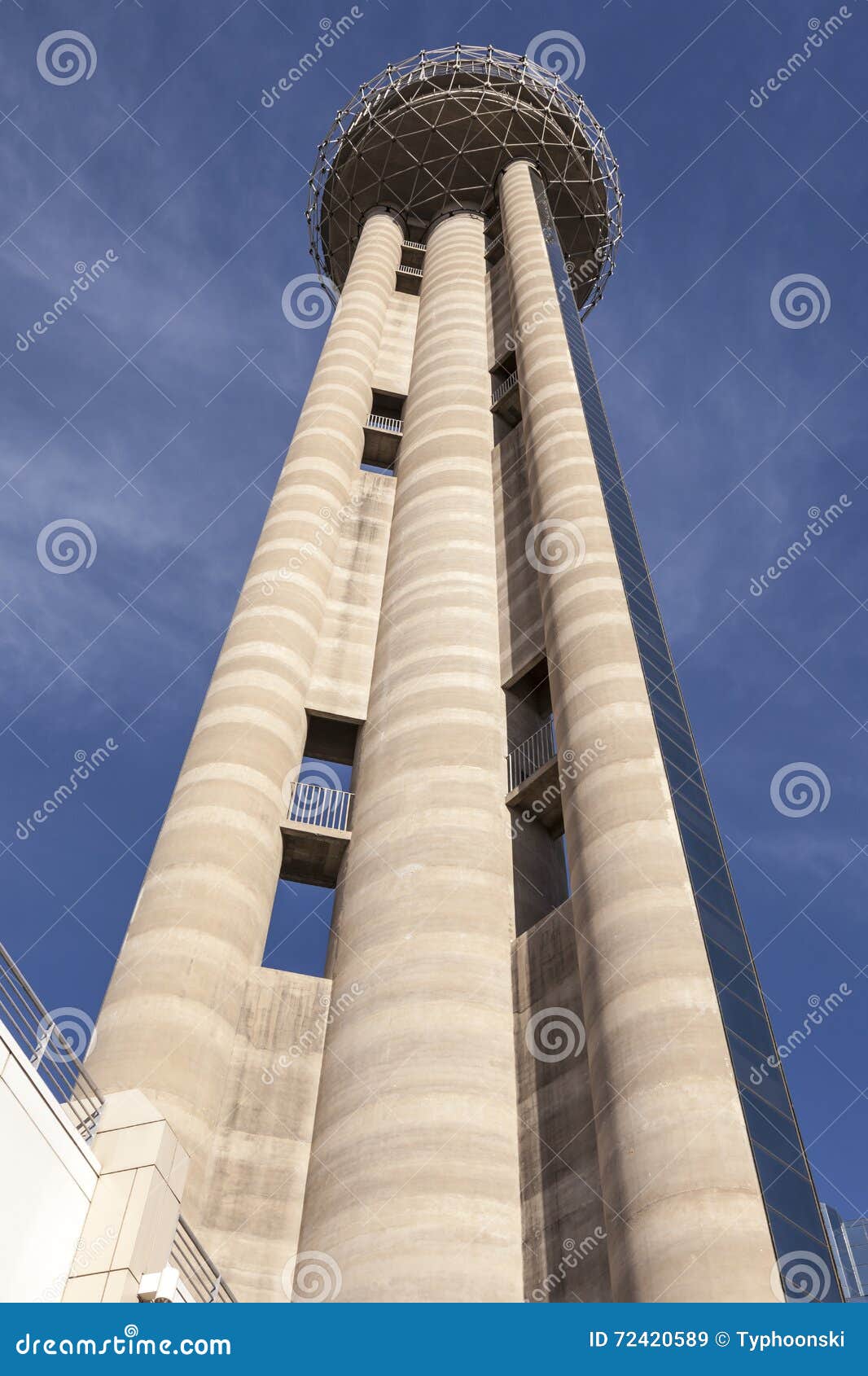

La Reunion historical marker on a golf course in Oak Cliff By 1940, the city of Dallas incorporated the remaining unoccupied land that was once La Réunion. The last La Réunion house collapsed in the 1930s. By 1860, what most of the remaining land was incorporated into the expanding city of Dallas. On January 28, 1857, Allyre Bureau, one of the society leaders, gave formal notice of the colony's dissolution. Some returned to Europe while others moved out of the area. That summer the Texas heat created drought conditions, and what was left of the crops became eaten by an invasion of grasshoppers.Īlthough more than 350 European colonists eventually made La Réunion their home, the experiment was already beginning to fail as the population began to leave due to the community's financial troubles. A blizzard in May 1856 destroyed the colony's crops and covered the Trinity River with ice. The watchmaking, weaving, brewing and storekeeping skills of the new colonists were ill-suited to the establishment of a colony, since they lacked the experience and ability to produce food for themselves.Īlthough the colonists cultivated wheat and vegetables, they did not produce enough for their needs or in time their biggest handicap was the uncooperative weather of Texas.

The new arrivals spoke a different language from the settlers, believed in a different system of government and Catholic faith, and brought with them skills that the existing farmers did not possess. The addition of the French colonists nearly doubled the population. The general area surrounding the three forks of the Trinity River had about 400 inhabitants at the time. They walked overland to the site of their new colony approximately 250 miles (400 km) northward, with their possessions hauled by ox carts, and arrived on April 22, 1855. Approximately 200 colonists arrived by ship near present-day Houston. As the land was not good for farming, the property was a poor choice for the intended colony, although most of the would-be colonists were not farmers. After personally inspecting an area near the three forks of the Trinity River in Texas, he returned to Europe where he formed a group of future settlers.Īdvance agent François Cantagrel was sent ahead to buy 2 acres (8,100 m 2) at $700 per acre to establish the location of the colony. He had been forced into exile after staging protests against Napoléon III's military expedition to Rome. La Réunion was founded in Texas by Victor Prosper Considerant, a member of the Fourier movement in Lyon, France. Unlike other early communist systems, both men and women could vote and individuals could own private property. The founders of La Réunion intended it to become a socialist utopian colony they were inspired by the writings of the French philosopher Charles Fourier, who advocated communal production and distribution for communal profit. La Réunion existed for only eighteen months with its demise attributable to financial insolvency, a shortage of skilled participants, inclement weather, inability to succeed at farming, and rising costs. Initially, plans for the colony were loosely structured as Considerant intended to make it a "communal experiment administered by a system of direct democracy." The crux of the plan was to allow participants to share in profits derived from capital investments and the amount and quality of labor performed. Fourierism subsequently became known as a form of utopian socialism. The founder of the community, Victor Prosper Considerant, was a French democratic socialist who directed an international movement based on Fourierism, a set of economic, political, and social beliefs advocated by French philosopher François Marie Charles Fourier. The colony site is a short distance north of Interstate 30 near downtown Dallas. La Réunion was a utopian socialist community formed in 1855 by French, Belgian, and Swiss colonists on the south bank of the Trinity River in central Dallas County, Texas (US). For other uses, see Reunion and La Reunion.


 0 kommentar(er)
0 kommentar(er)
